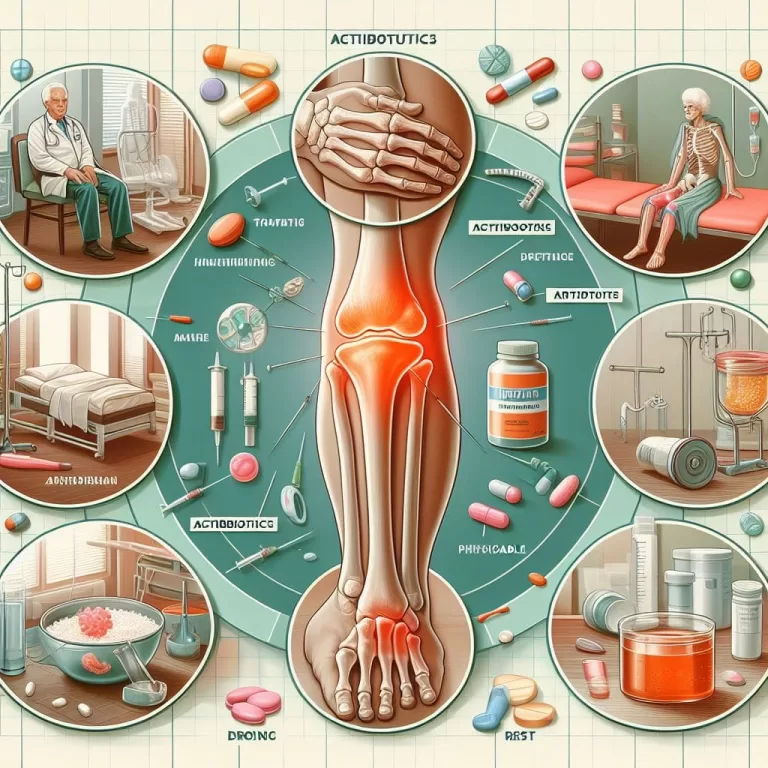Joint aspiration
**Joint Aspiration**
**Summary:**
Joint aspiration, also known as arthrocentesis, is a medical procedure involving the extraction of fluid from a joint using a needle and syringe. It is primarily employed for diagnostic and therapeutic purposes.
**Keywords:**
* Joint aspiration
* Arthrocentesis
* Joint fluid
* Synovial fluid
* Diagnosis
* Treatment
* Inflammation
* Infection
**Description:**
Joint aspiration is a minimally invasive procedure performed in a sterile environment. Before the procedure, the area is numbed with local anesthetic. The physician identifies the joint space and carefully inserts a needle into the joint capsule to collect fluid. The fluid is then sent to a laboratory for analysis.
Joint aspiration aids in diagnosing various joint conditions, including:
* Arthritis
* Gout
* Infected joint (septic arthritis)
* Joint trauma
* Joint effusion
Additionally, joint aspiration can serve as a therapeutic intervention, relieving joint pain and inflammation by removing excess fluid and debris. It is commonly used to drain purulent fluid in infected joints, inject corticosteroids for pain management, and collect synovial fluid for further examination.
The procedure is generally safe, but it carries some risks, such as infection, bleeding, and nerve damage. The results of the joint aspiration can provide valuable information for healthcare providers to develop appropriate treatment plans and monitor the condition’s progression.
**Effective Septic Arthritis Treatment: A Comprehensive Guide**

Septic arthritic arthritis is considered a medical emergency because it can cause serious joint damage and be fatal if not treated early. Septic arthritis is inflammation of your joint fluid and joint tissues that happens when an infection with a…
